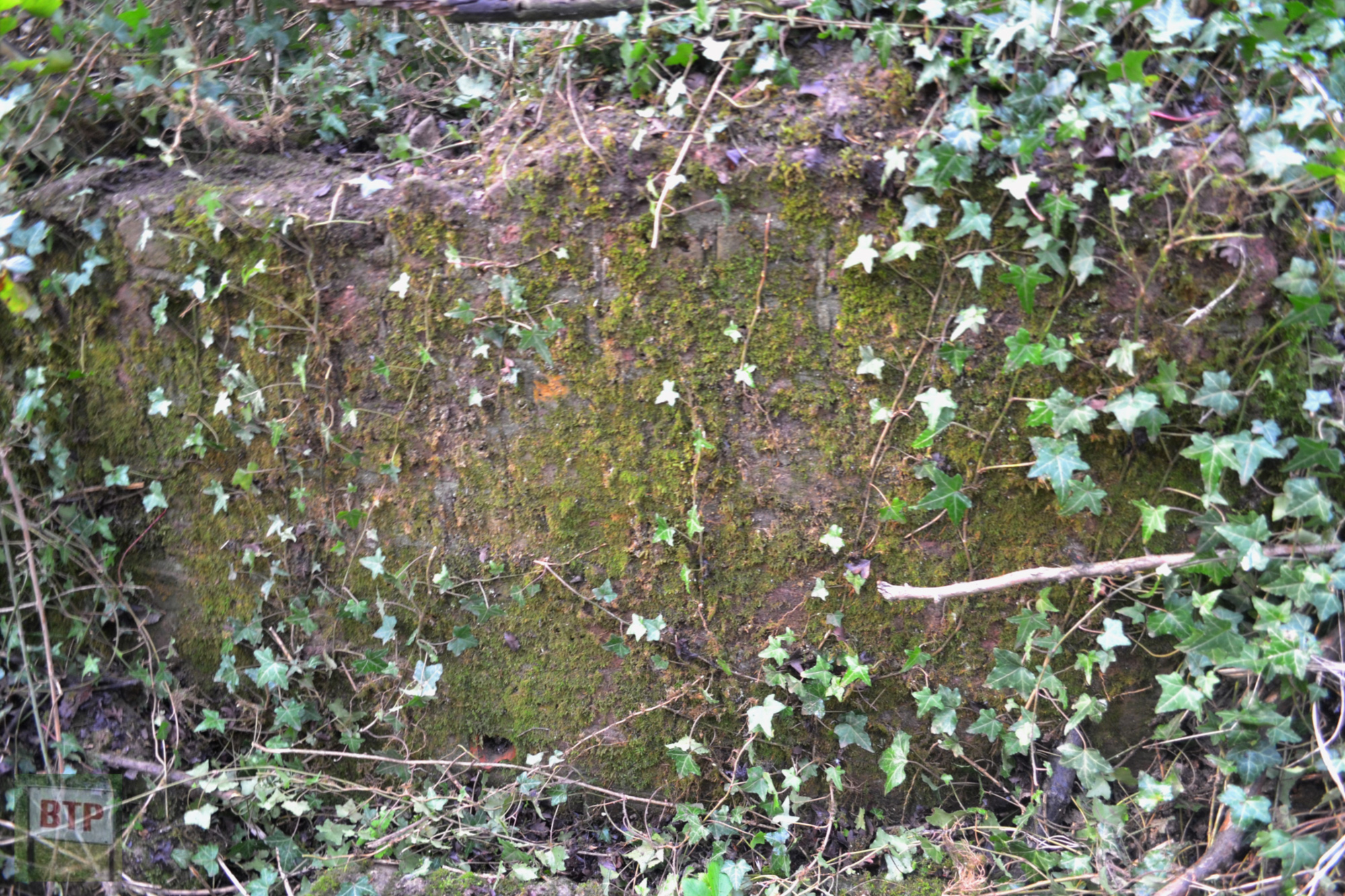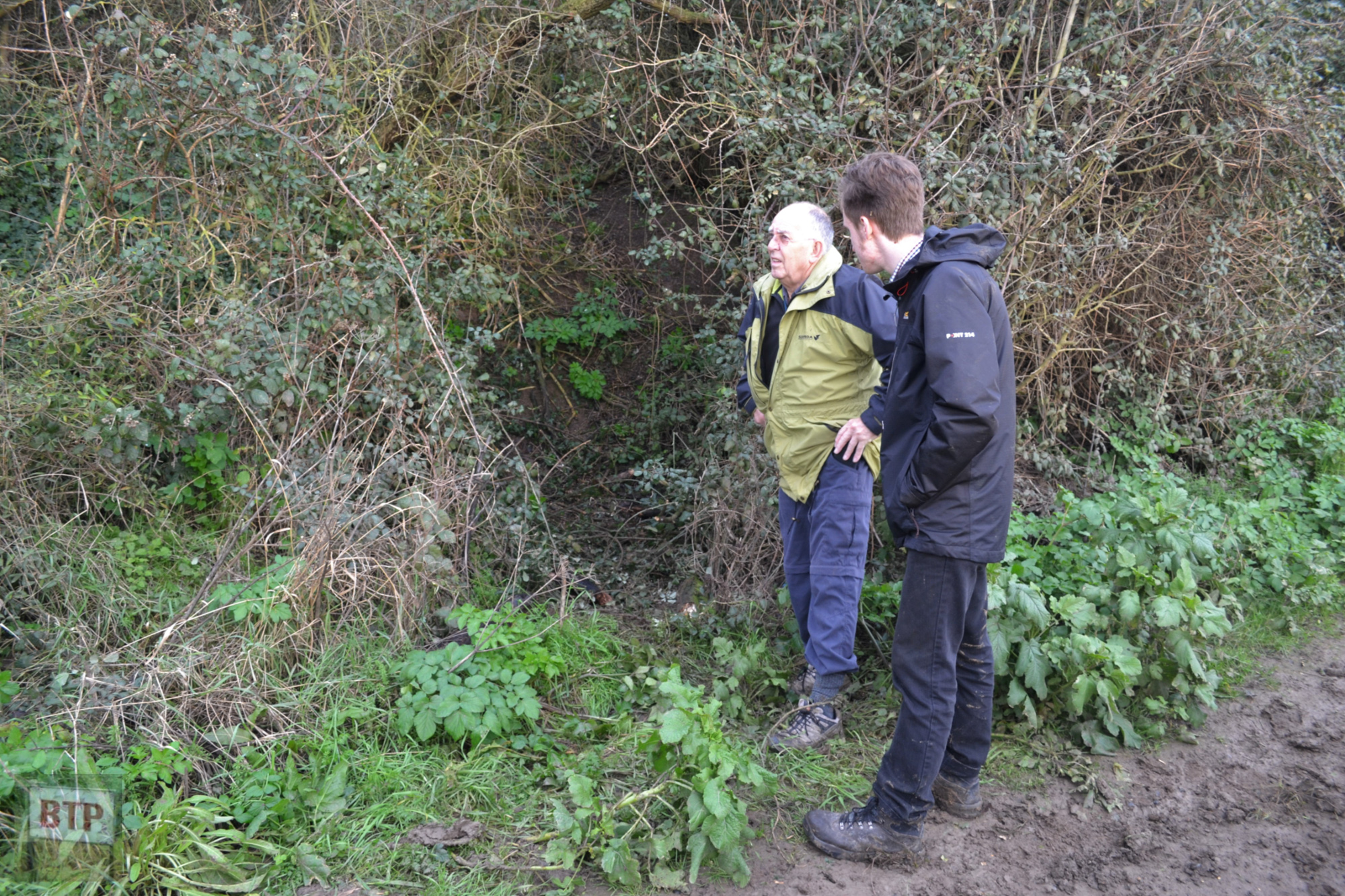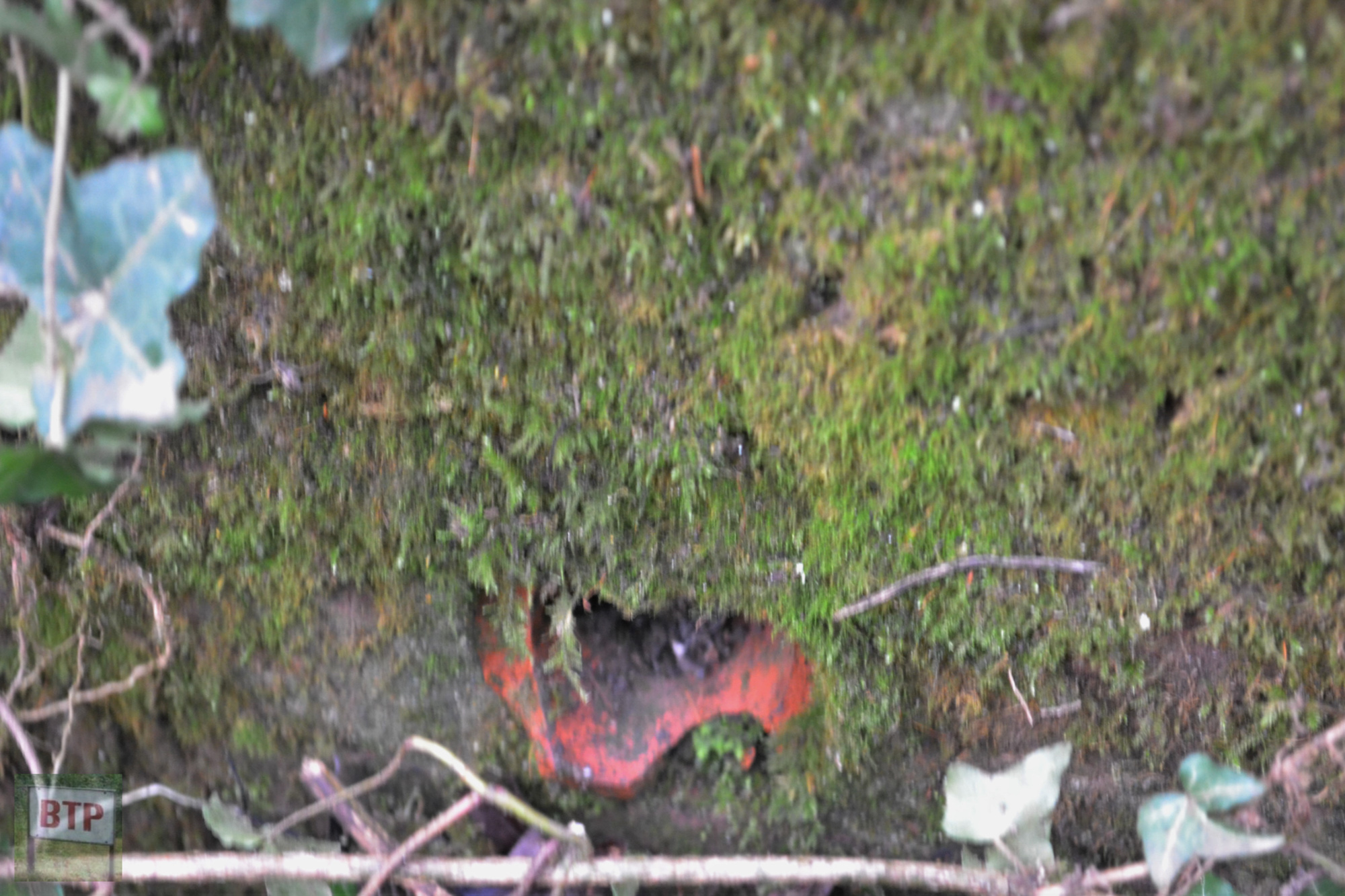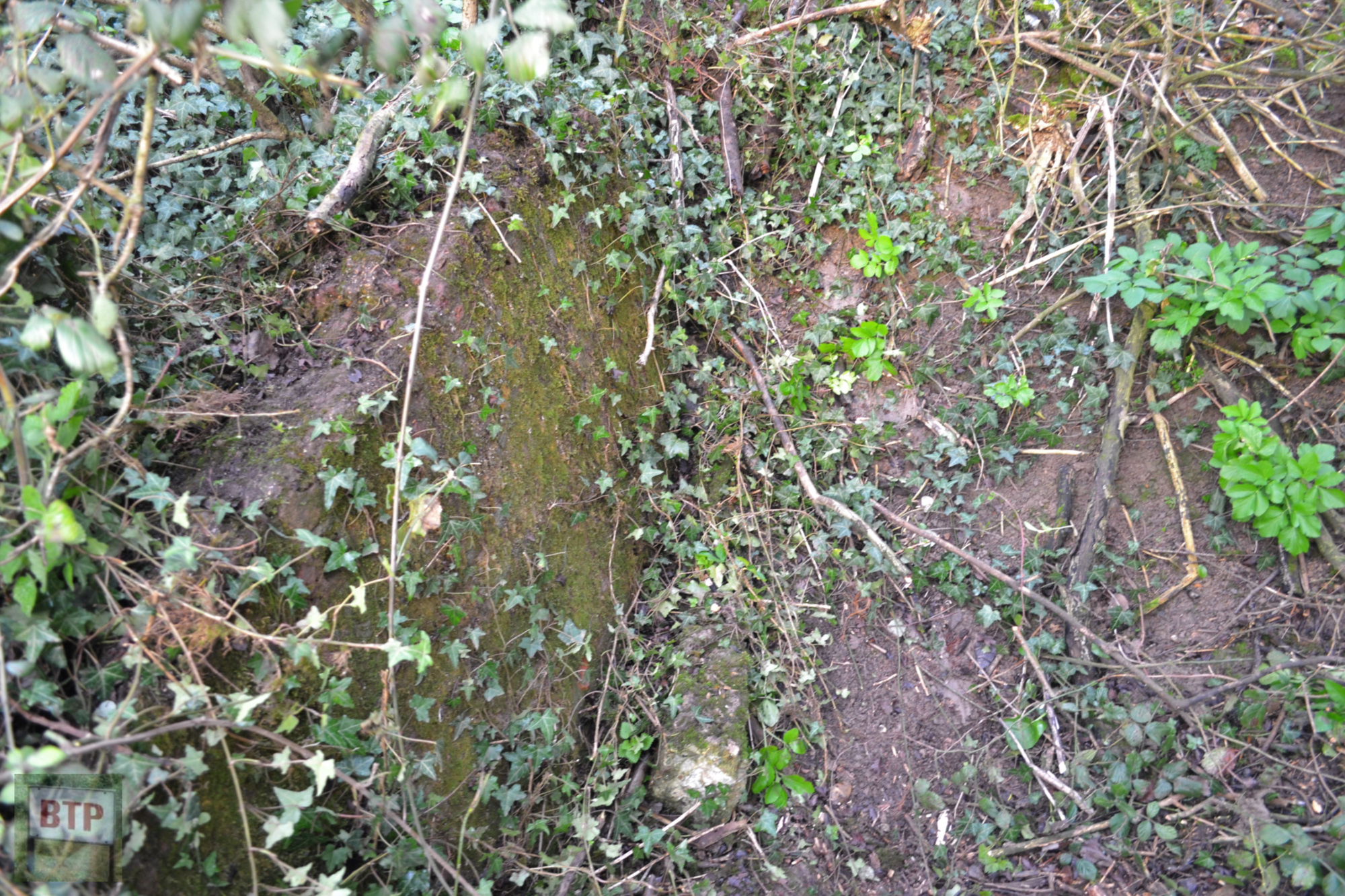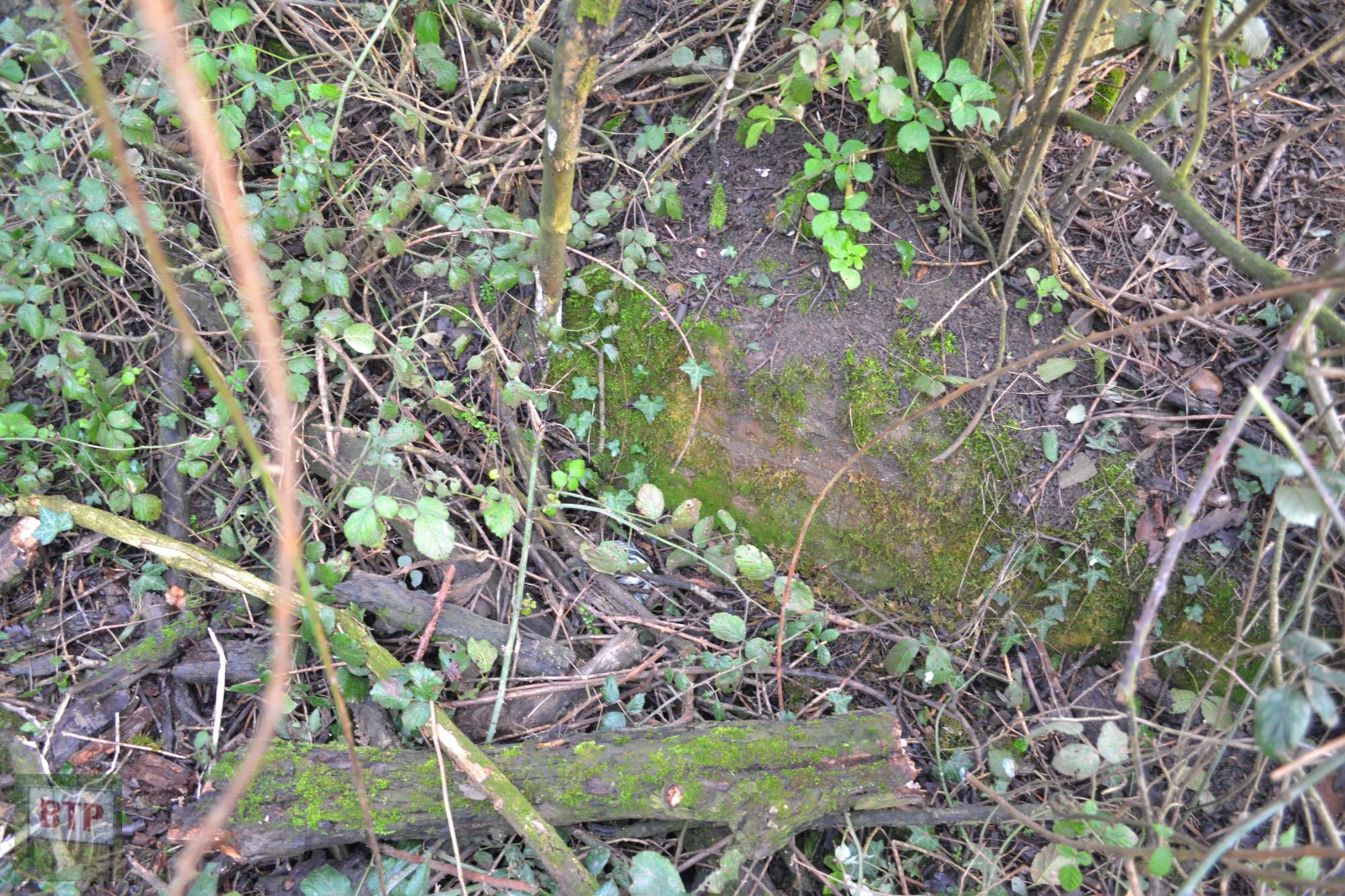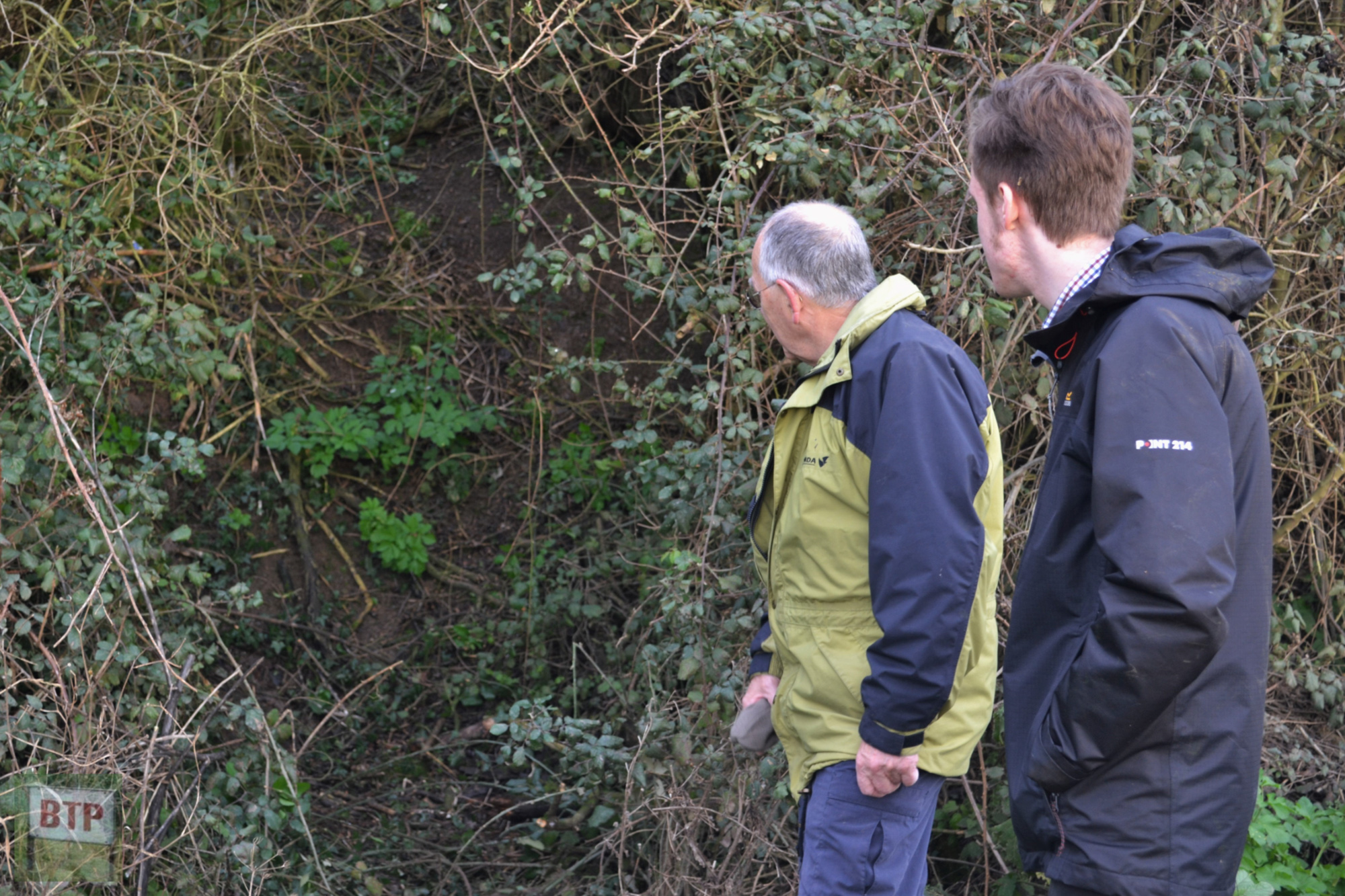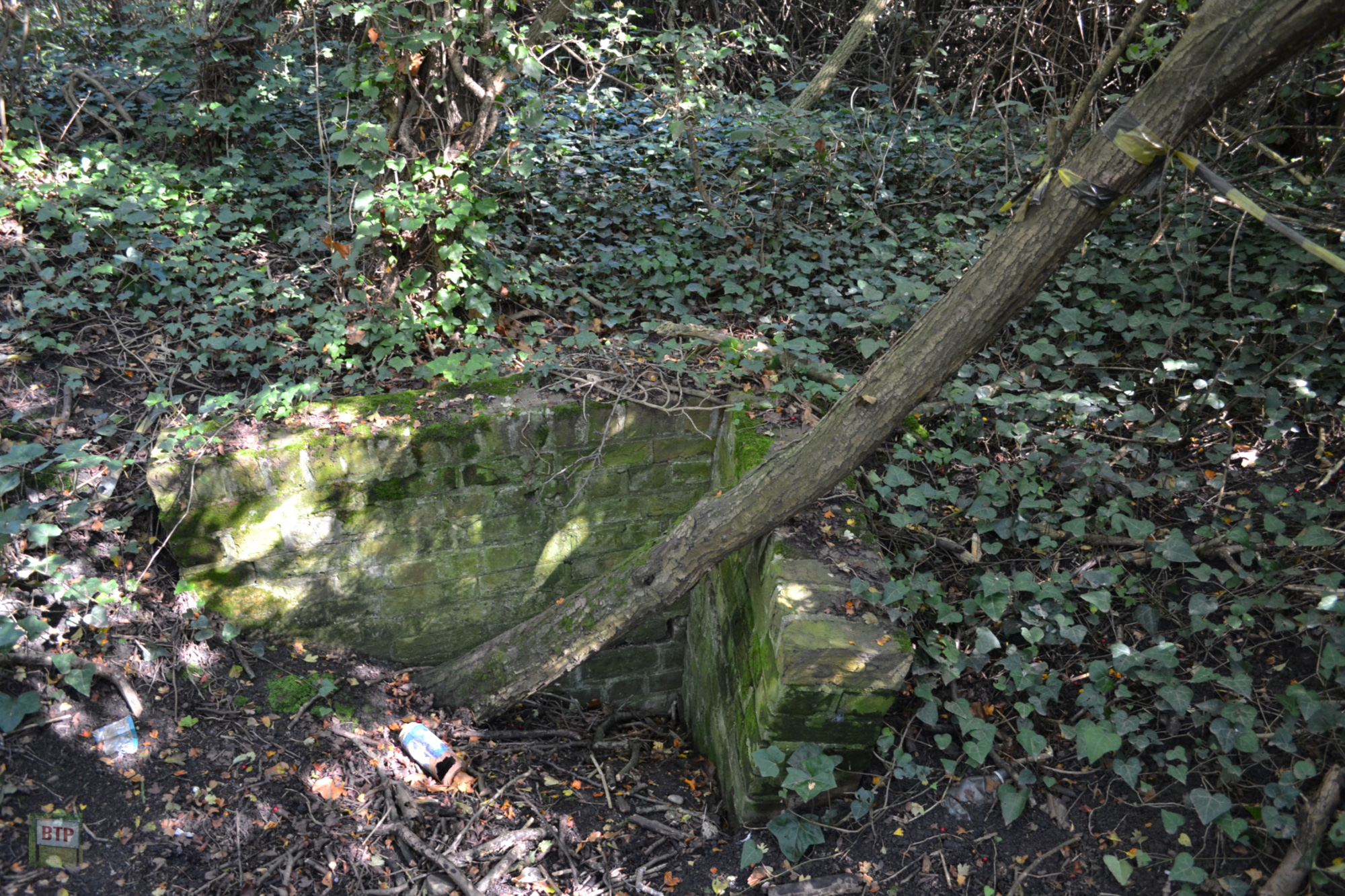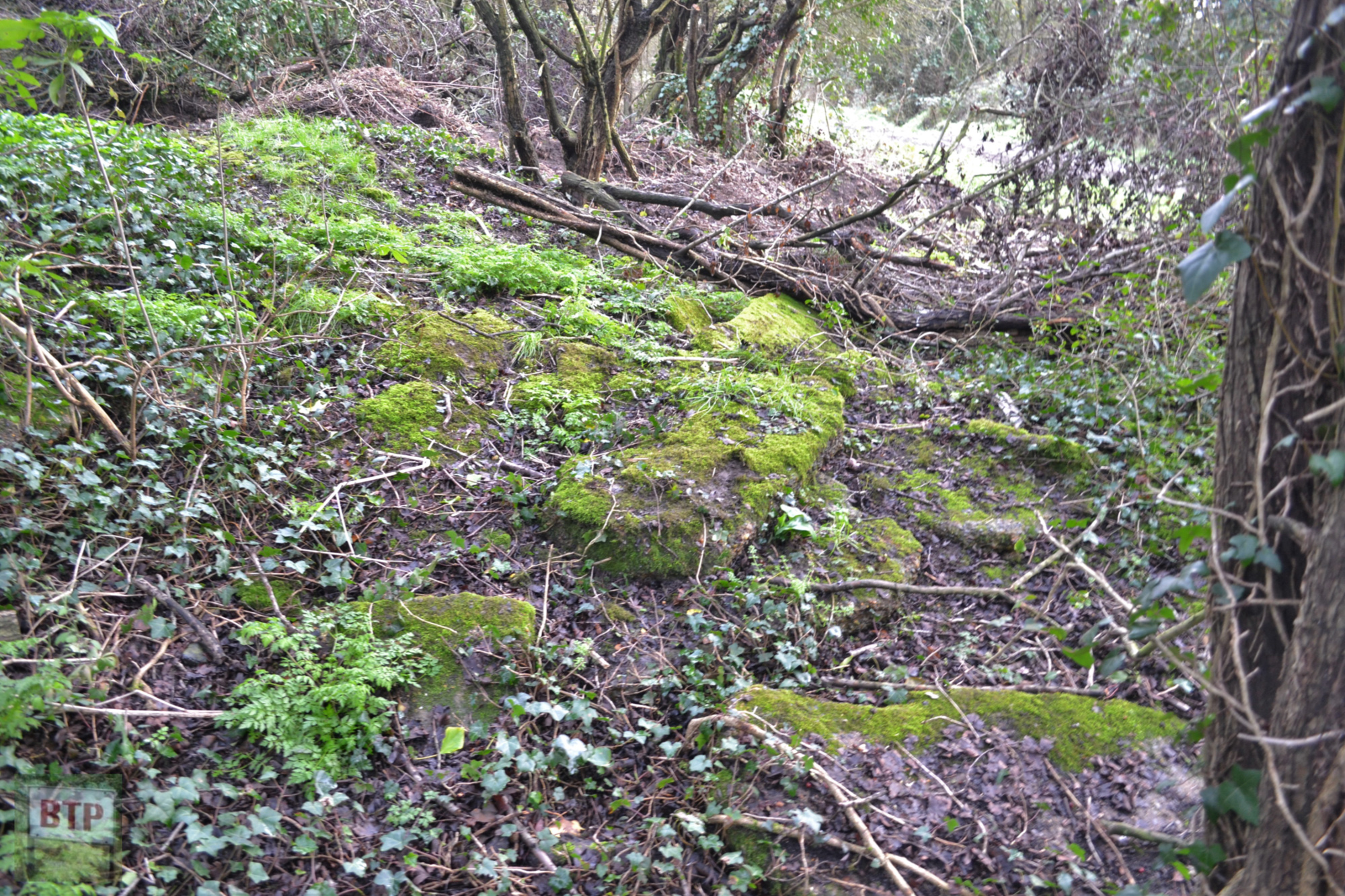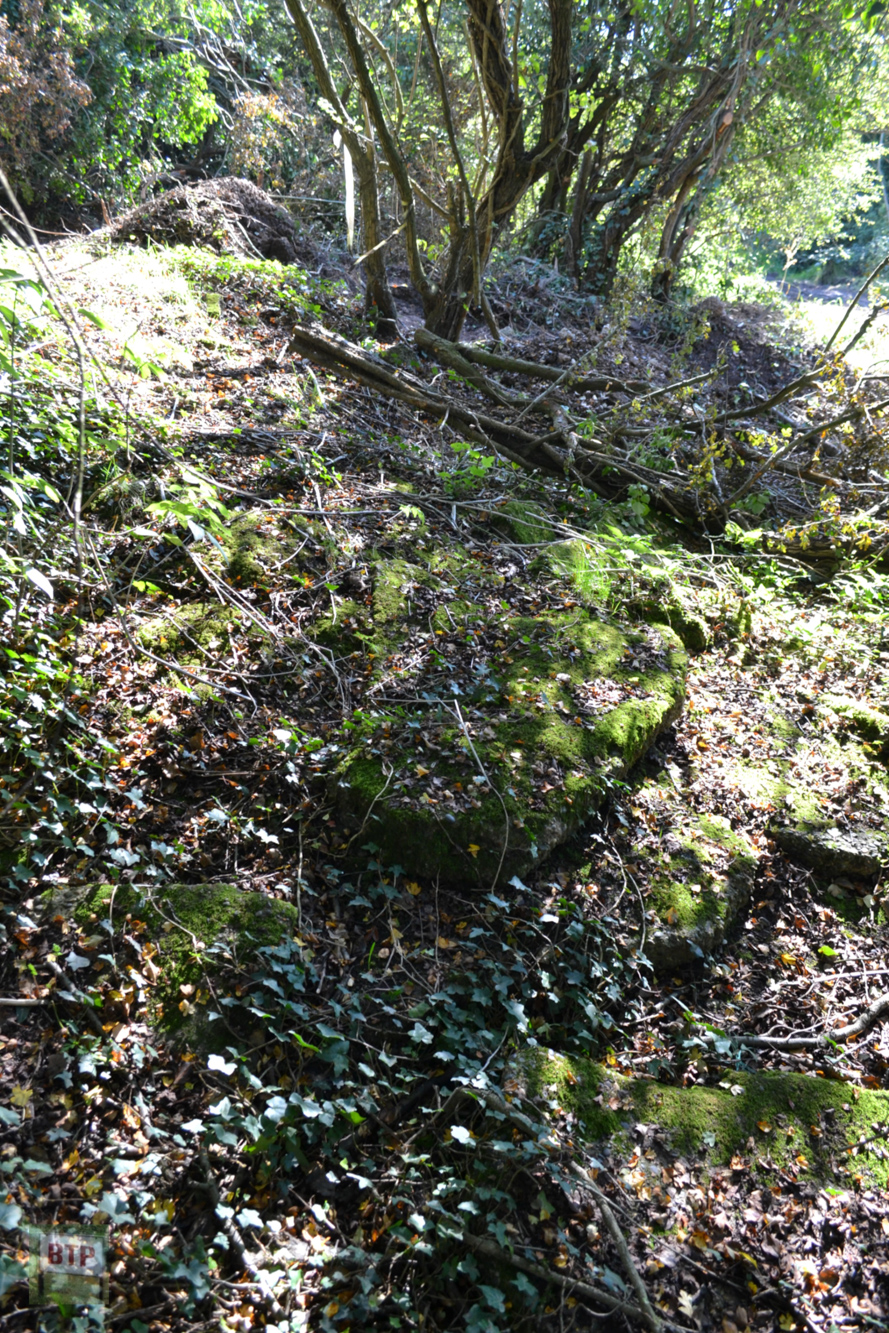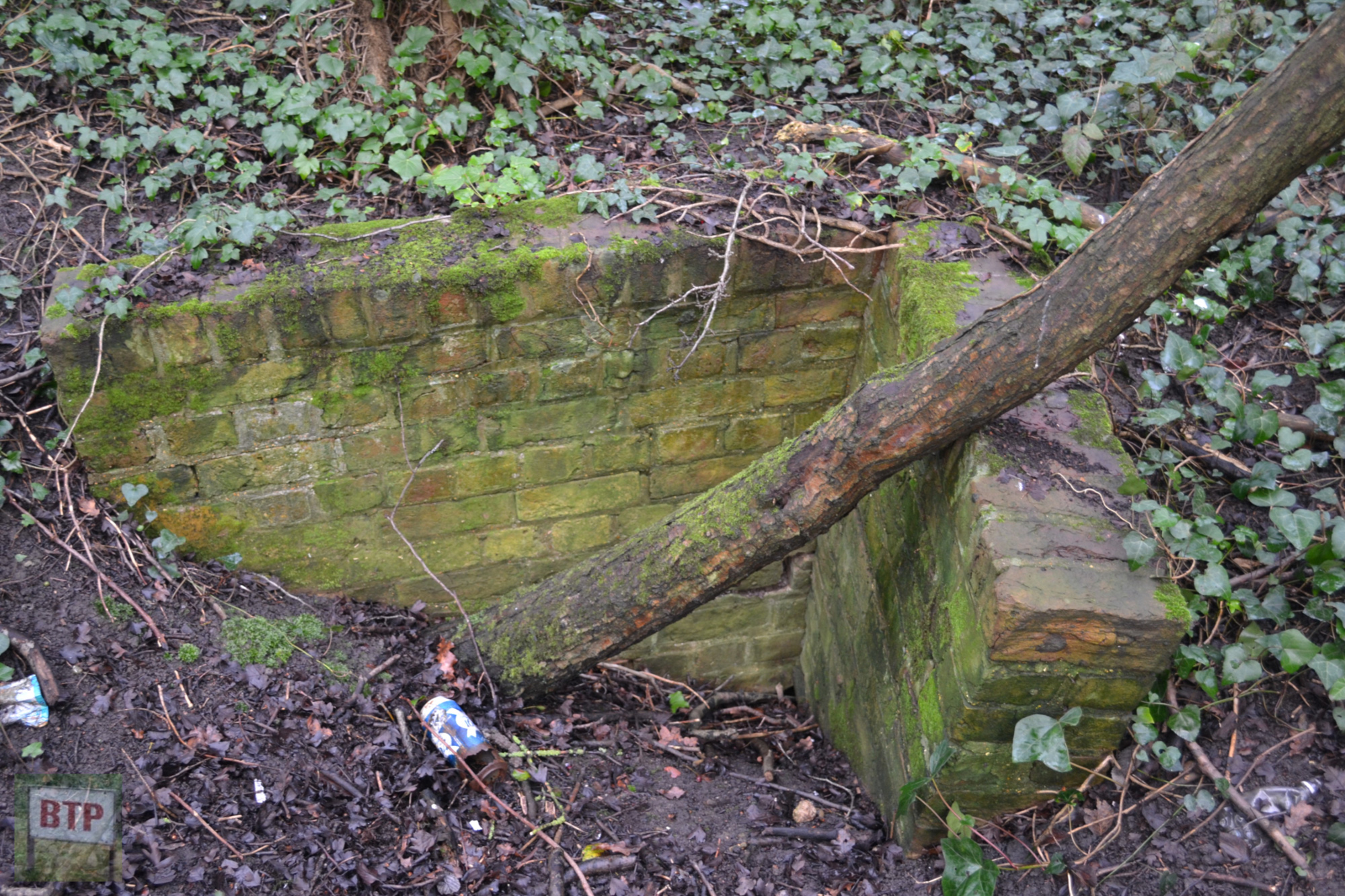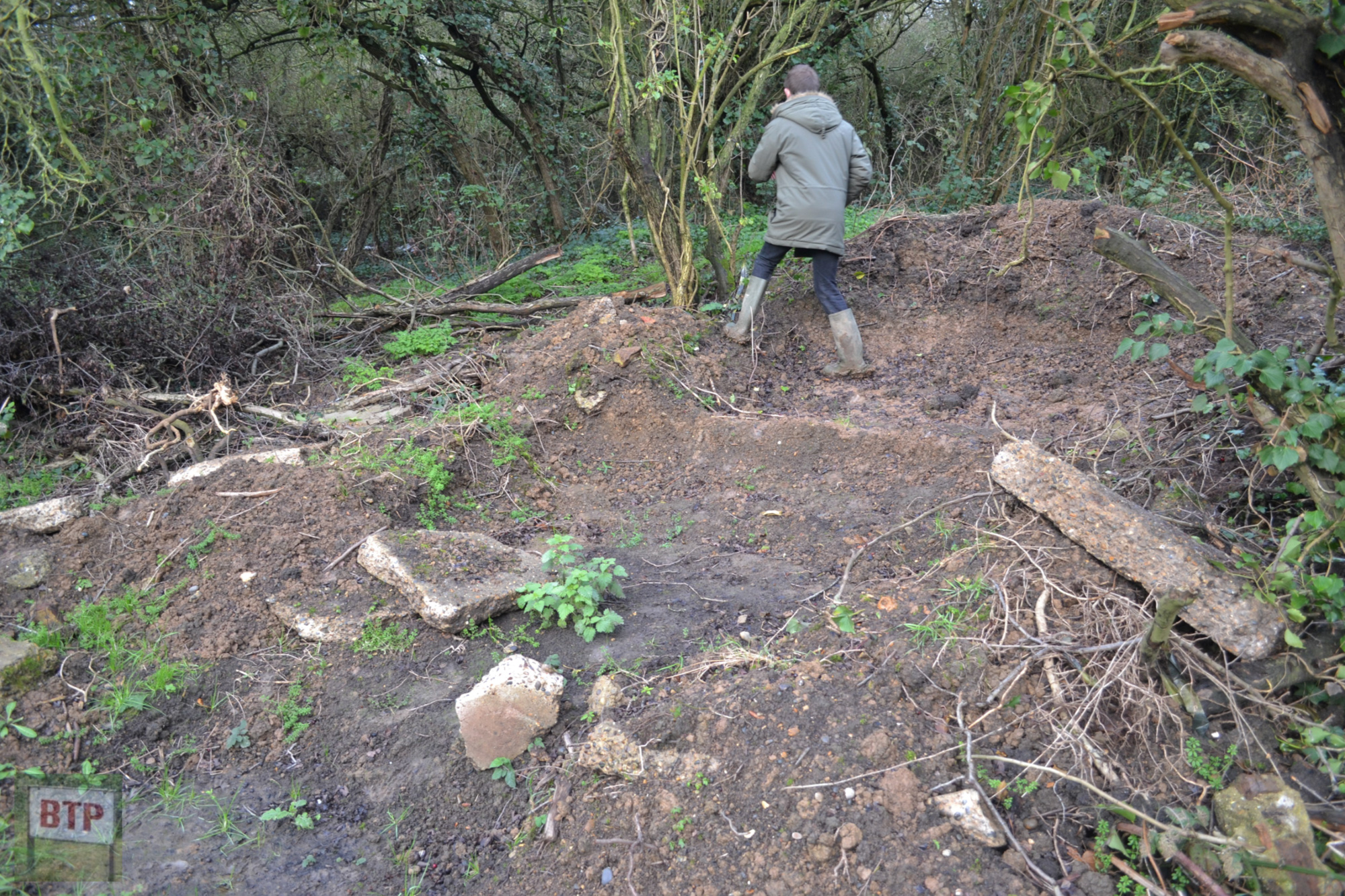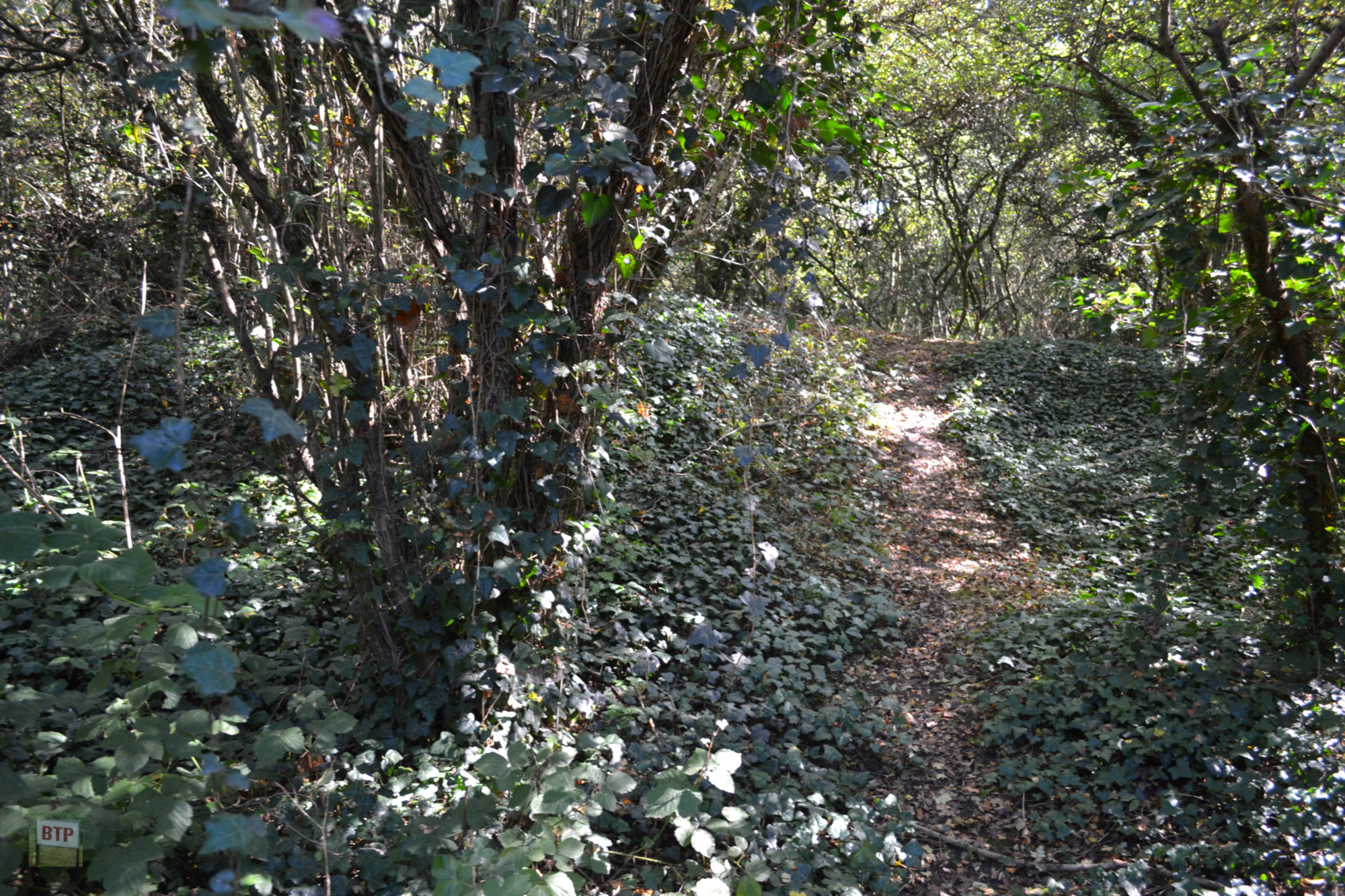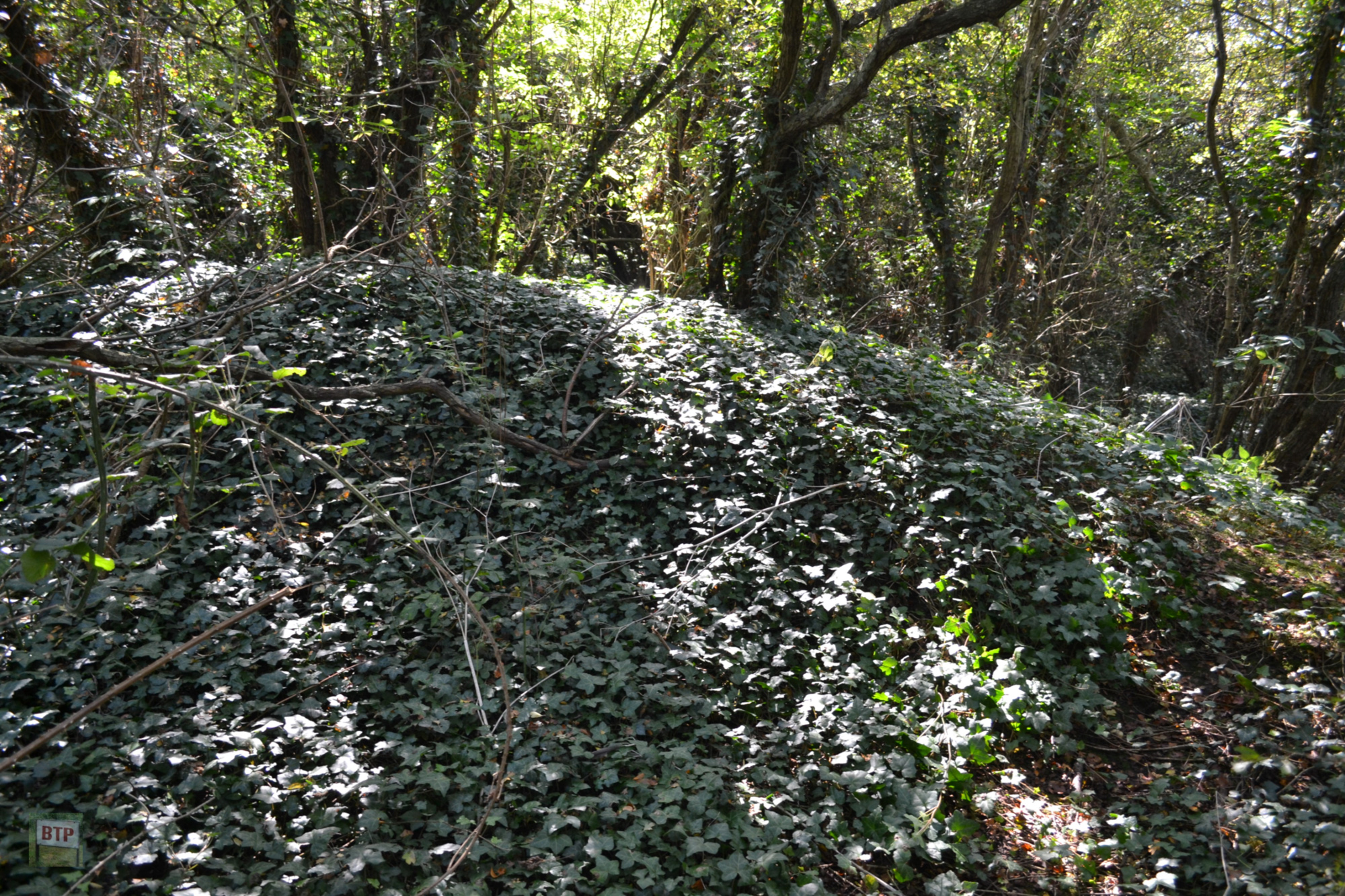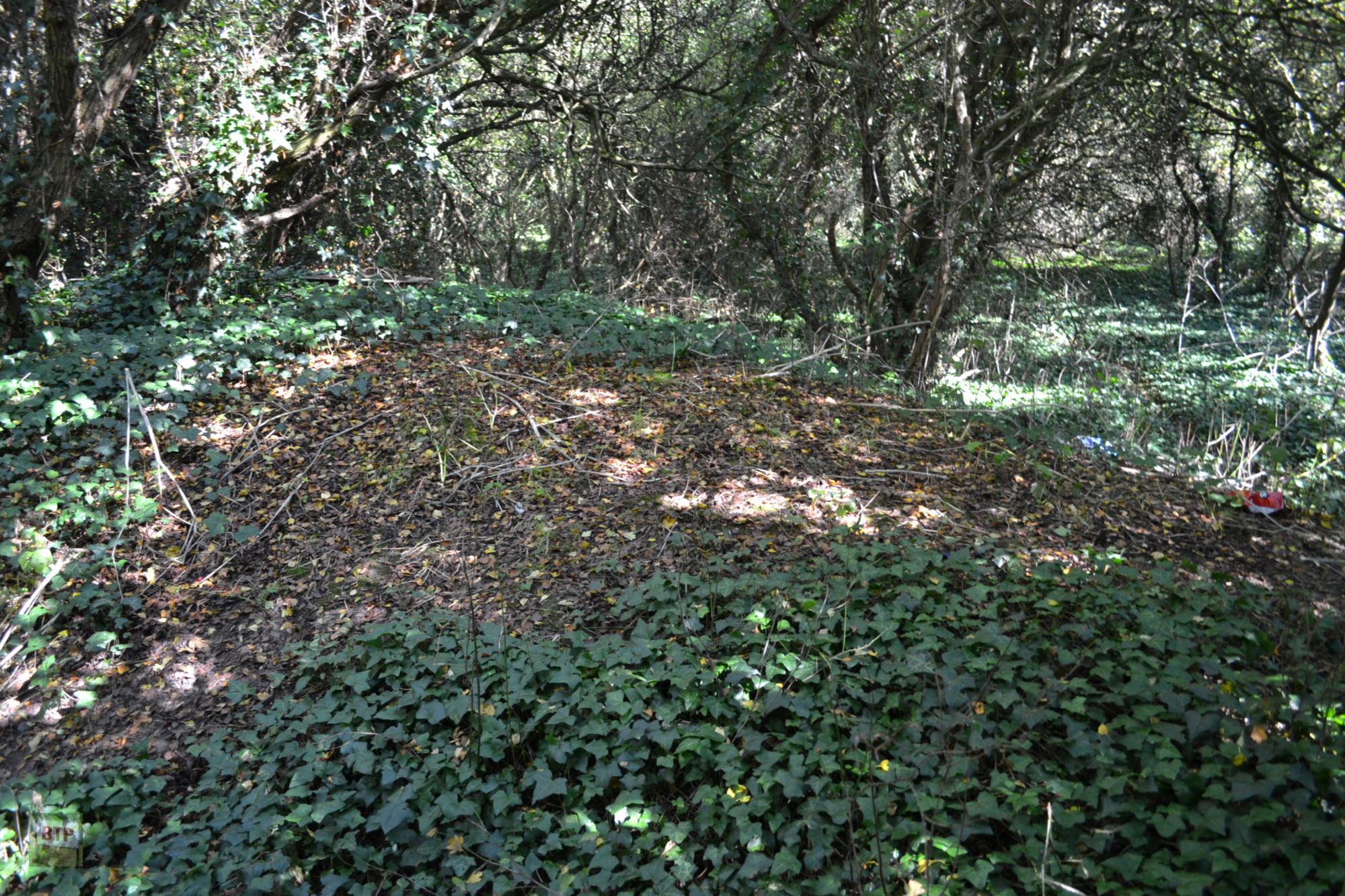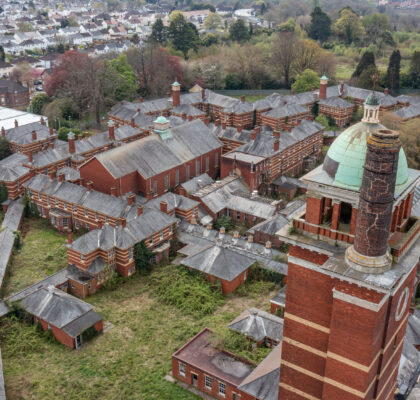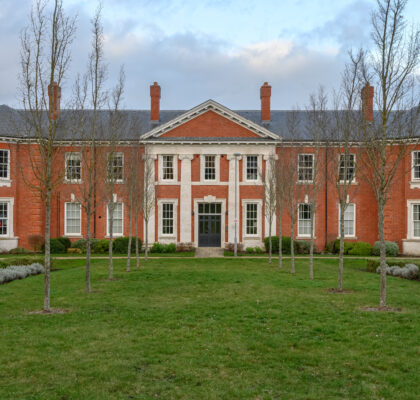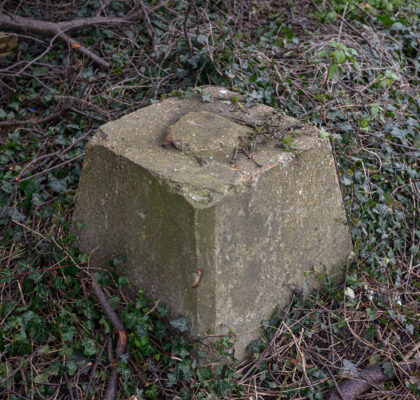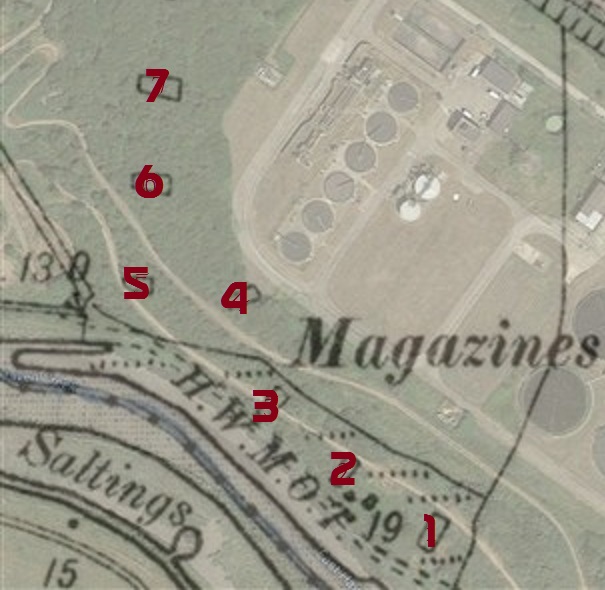
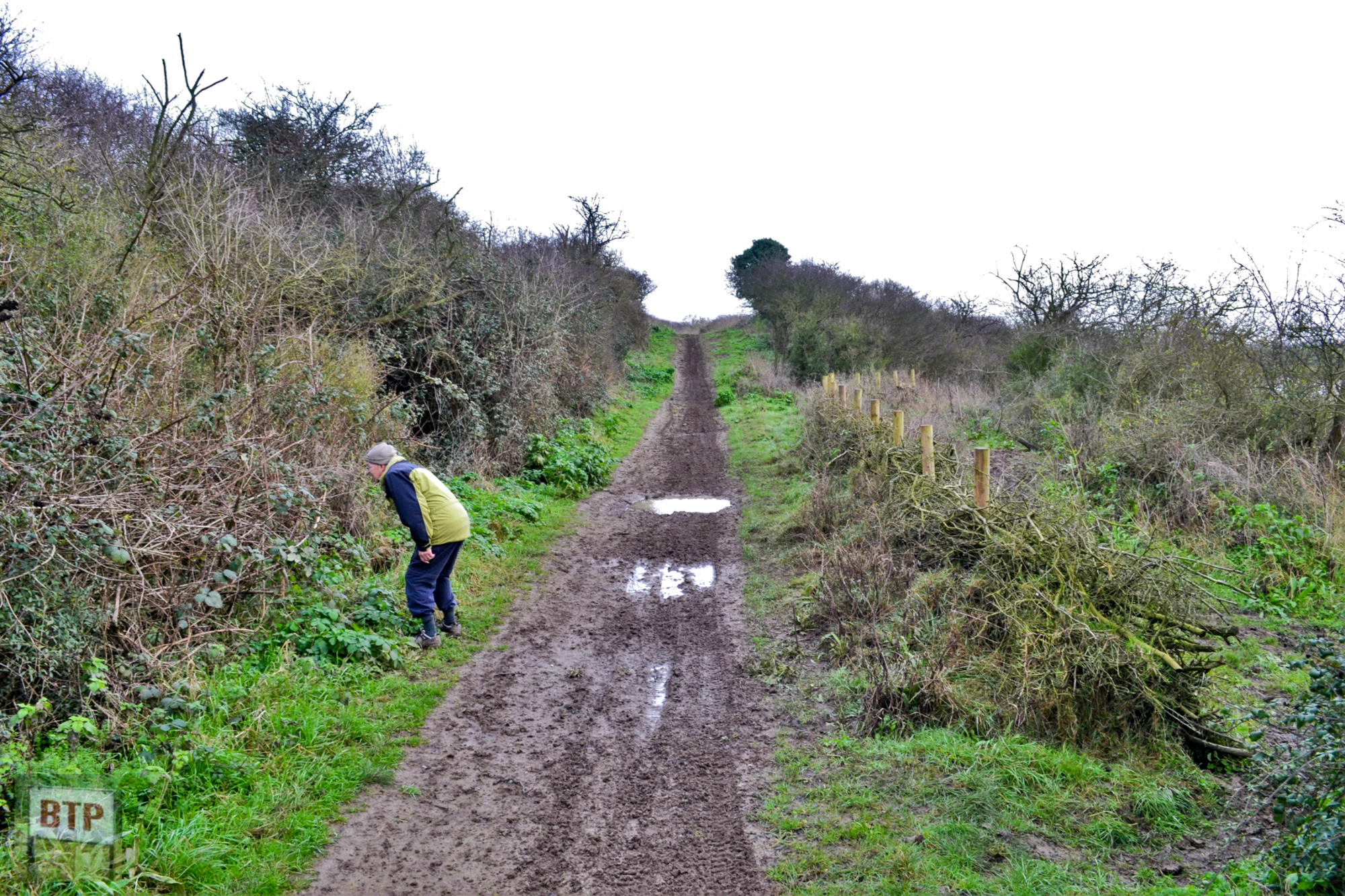
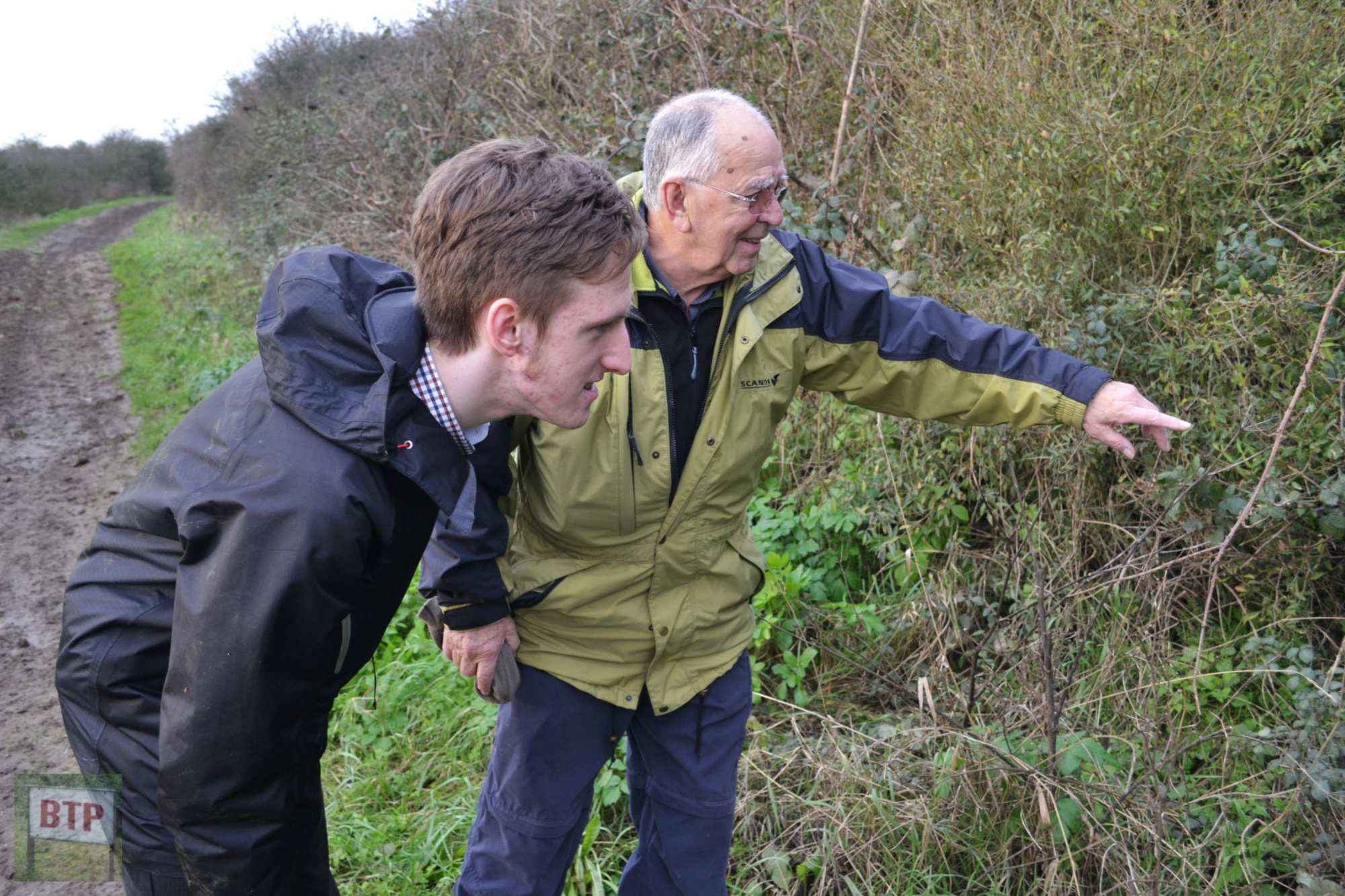
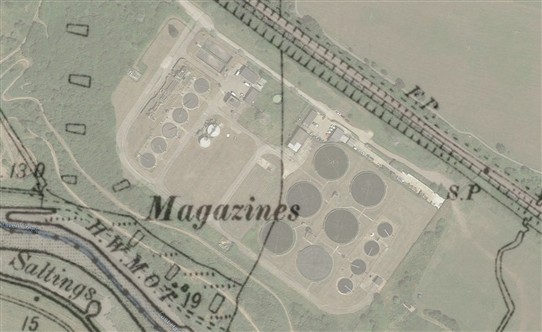
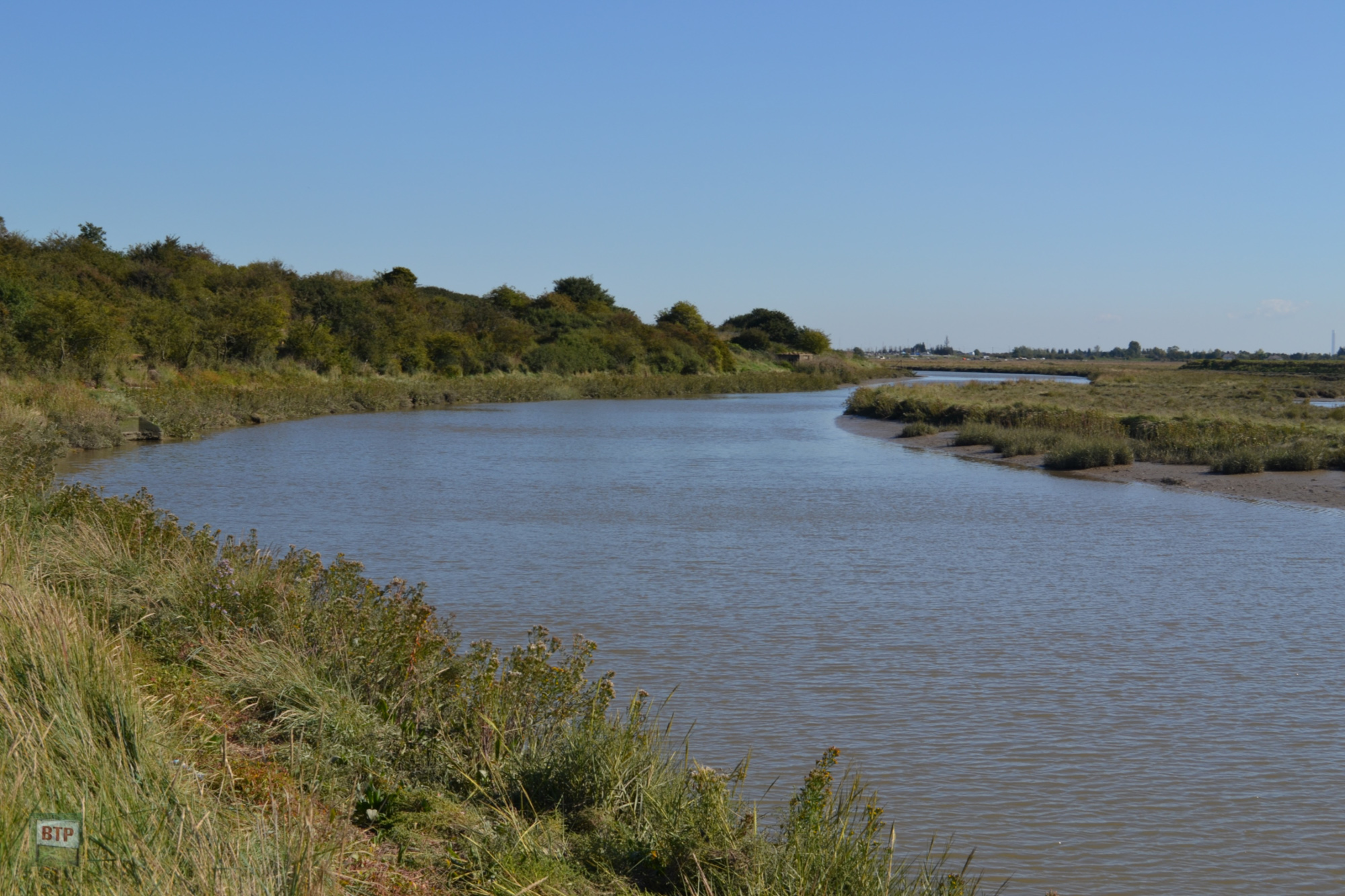
Seven Victorian tunnel-like magazines were built on the Benfleet waterfront near Jotmans in the late part of the 19th Century. They would have been used for the storage of explosives by barges possibly on the way to London or nearby explosives factories (where is now Wat Tyler Country Park and Coryton Refinery).
The Benfleet Community Archive first introduced Beyond the Point to ‘the mags’ at a community event on Canvey. We were told it was rumoured they were used as storage from barges carrying explosives down the Thames. There was definitely a heavy explosives industry in South Essex around the turn of the 20th Century, so this was not an unreasonable idea. I looked this up when I got home, and listened to an audio account on this website which mentions them and their location. We visited the area numerous times between 2012 and 2015, finding a wartime pillbox and ruins from the old sewage works, yet were unable to locate the ‘mags’. Below is an artists impression of how they may have looked.
Unsuccessful Search Using the Map September 2015
“Myself (BTP Liam) with the help of friends Jack Swestun, Michael Clark, and Nick Gosnold, decided to investigate the rumours, following a 1895 map from http://www.benfleethistory.org.uk showing the location of the magazines layed over modern satellite imagery. Simple eh – or not! The entire area south west of the sewage works was overgrown and it became very difficult to work out exactly which parts of the area the magazines were in. We covered what we believe to be the entire area however and only found rectangular mounds/earthworks, perhaps covering something? Either the mags were buried at a recent date, or we could have just missed the magazines. We did however find an old concrete drain access in the woods with a huge iron lid, probably from the first half of the 20th Century, but it revealed only a small channel inside. There was also some concrete broken up near the bike track south of the sewage works that corresponded with the map, so the magazines could’ve been demolished. We did find a small brick section which dated from around the correct time period so perhaps this was a piece of the mags. To conclude I’d say it is likely traces of them remain, but unlikely they are intact somewhere in those woods as the audio account suggested.”
We would later realise the earth mounds and broken brick/concrete was all likely to have been part of the mags, but this didn’t come together properly until our visit in early 2016 below.
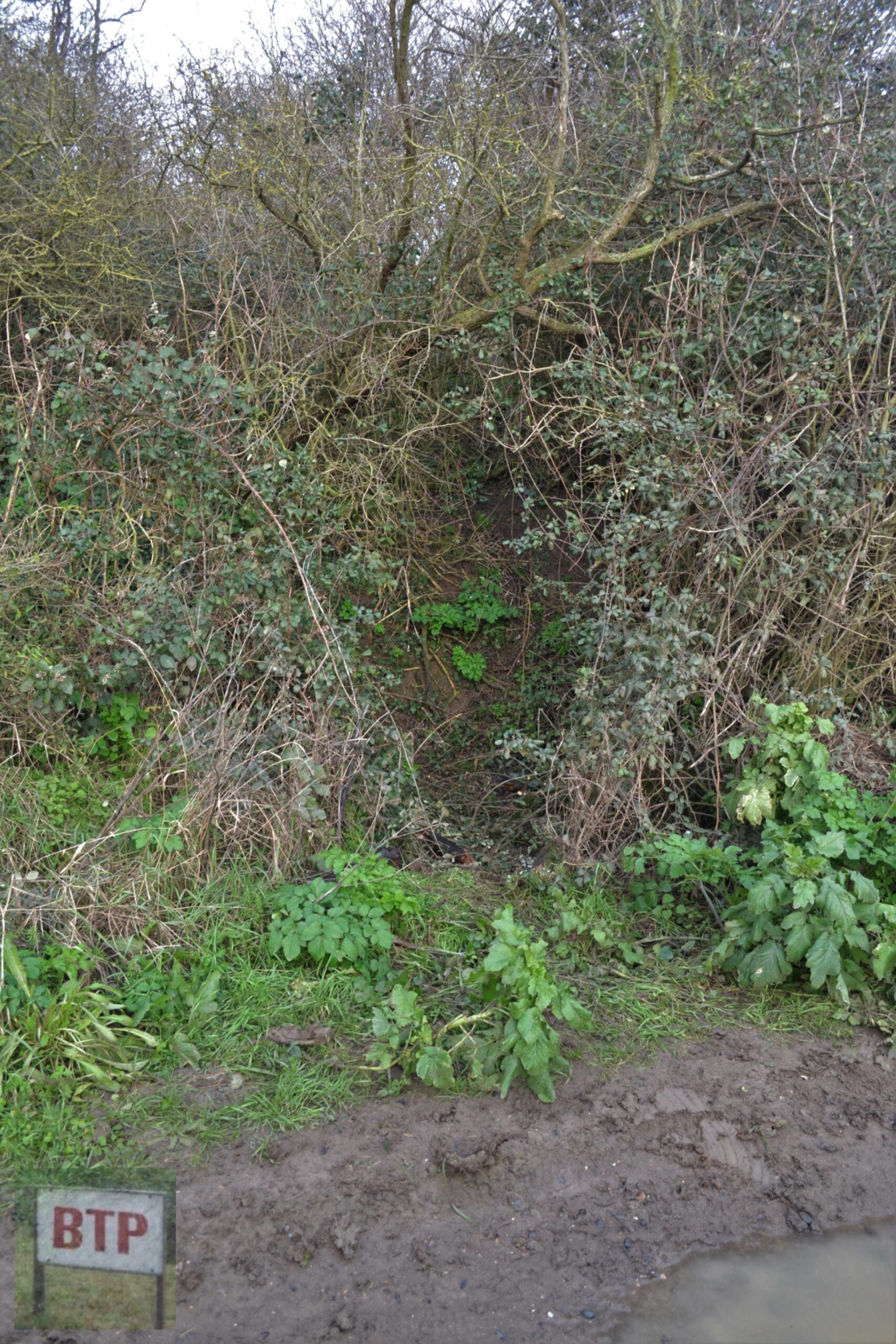
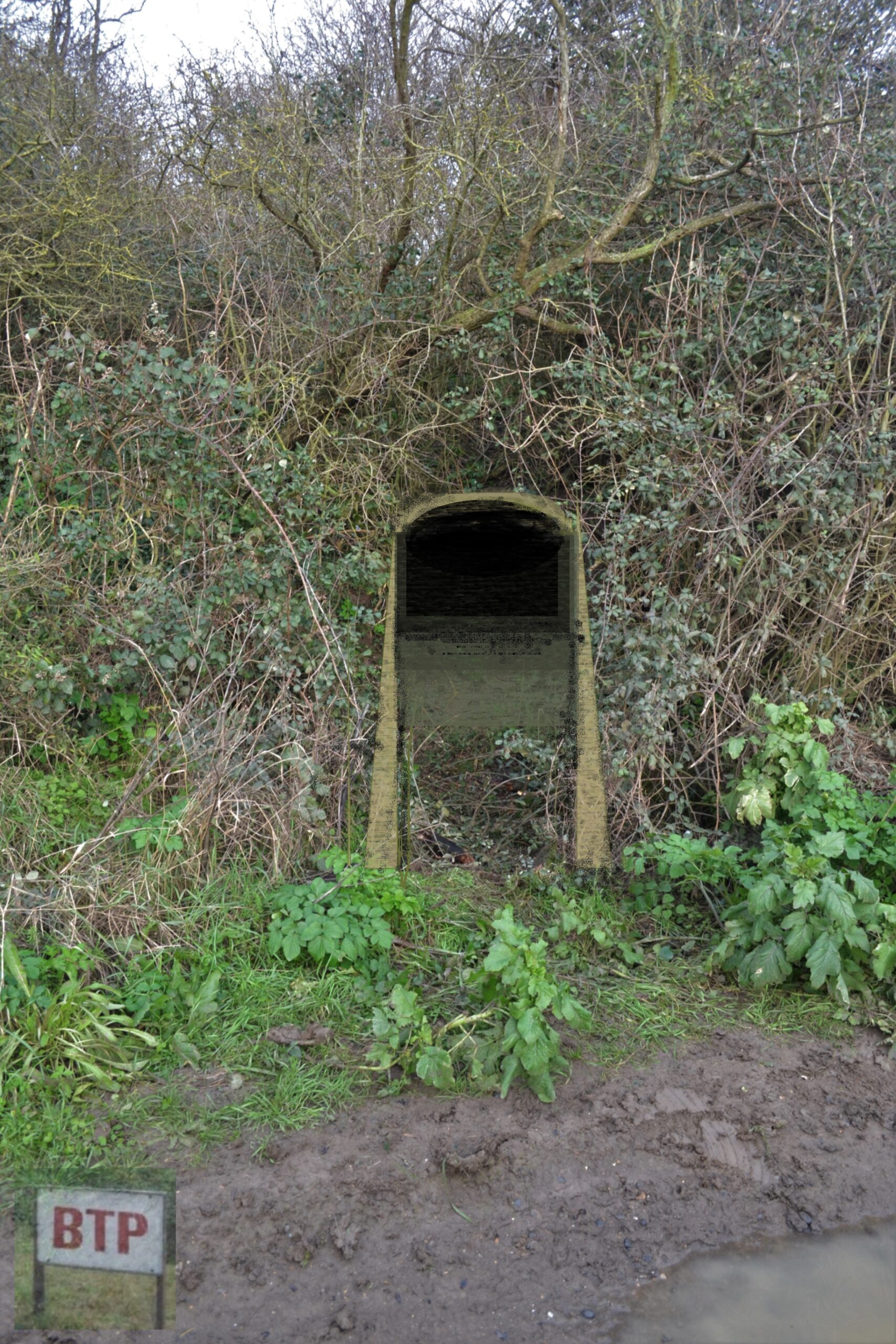
Above is a computer mockup of how one of the magazine entrances would have looked, imposed over the collapsed entrance today.
Breakthrough January 2016
After explaining about the mounds and brick wall that we found to the http://www.BenfleetHistory.org.uk archive site, we were put in touch with Dave Cowan who has lived in the Jotmans area since he was a child and gave the initial audio account of playing near the mags as a child that prompted our investigation.
We met up with him and he took us to where he saw one of the mags around 2012/13 guided by a picture of the area on his phone, using a tree as a landmark. After some looking in the bushes we finally uncovered the ruins of one of the entrances (mag 1,2, or 3).
Magazines 1-3
Right you can see the remaining entrance area of either magazine 1, 2, or 3 alongside an artistic reconstruction. The other two of the three are somewhere along this stretch although they could either be overgrown or gone without trace. Dave explained how the sides and entrance facing were made of brick, yet the interior was buried in earth and was concrete from what he could remember. We found the two walls that would’ve formed the entrance although the actual doorway was covered in soil; presumably it had collapsed at one point. Dave recalls seeing the magazine turn off left and right inside, going down about 10-12 feet either way. He remembers several along that stretch which corresponds to the old map, although the other two were probably hidden in the undergrowth hence why further investigation could be done. Below are the brick remains of the one we found closer:
Magazines 4 & 5
Below are photographs of reinforced concrete broken roughly on the site of either of mags 4 and 5. This must be part of them as Dave remembers reinforced concrete being used to form the inside of magazines 1-3, presumably of the same design. A section of brick wall was also found near here in good condition, although seemingly isolated from any kind of greater structure. Still it was probably part of the entrance to magazine 4 or 5.
Magazines 6 & 7
These magazines are both further north-west along the bike track in the wood area west of the current sewage works. They remain only as earth mounds at first glance, although it could be likely that the magazines remain underneath and were simply covered over at one point, or demolished and churned. The photos below only feature mag 6, but 7 is a similar mound of smaller size further north along the bike track/footpath.
Memories
We posted our article over at Benfleet Archive in credit to the help of Frank Gamble who helped us contact Dave Cowan and told us about the 1895 map. Several other individuals remembered the magazines from their childhood like Dave, as below:
“I remember the three numbered 1, 2, and 3, from about 1957 when they were well known to children in the area. They appeared to be constructed of London stock bricks, of that characteristic light umber or dull yellow colour, very similar to the bricks used in many building and a houses in built in the late 19th and early 20th century in Colchester. The floors of the magazine entrances were about level with high water of a neap tide in the creek at that time, with a passage going off to the left and right of the south facing entrances. I don’t know of anyone going very far from the entrance, and the floor was usually waterlogged and with a layer of loose whole and broken bricks. It is very interesting to learn that there was a far more extensive structure beyond the three that were visible when I was a young lad.”
By Christopher Davis
“I can remember Mag1 from the mid ’60s when it was in very poor state with large cracks in the roof of the brick arched side gallery (I can only recall the rh side). It was destroyed when the council briefly extended the dump behind the pillbox. Mag 4 had steps down to it but we were unable to access it due to thick brambles and severe cowardliness. When we tried to find it about a year later, we could find no trace of it. It’s possible that completion of the sewage works landscaping covered the entrance. I hadn’t a clue there were others.”
By Chris Austin
This entry was posted in Location Report
